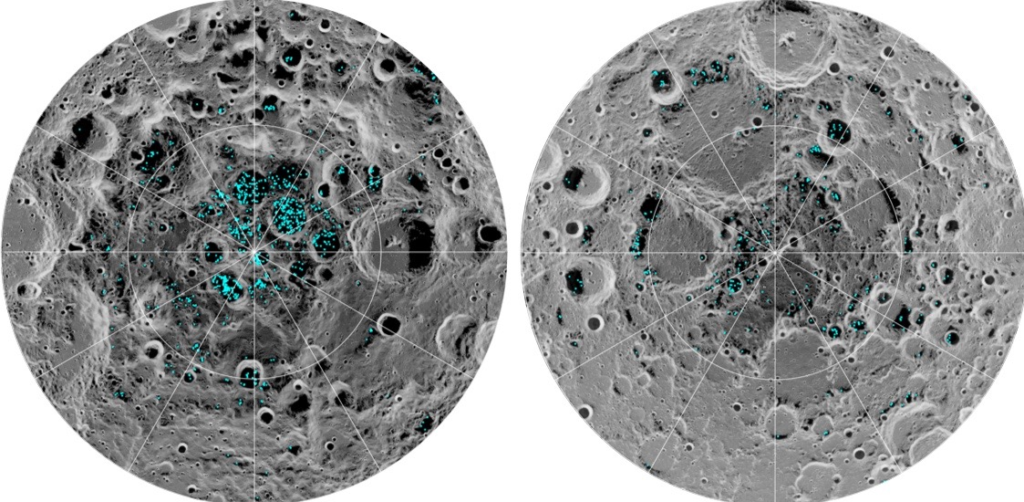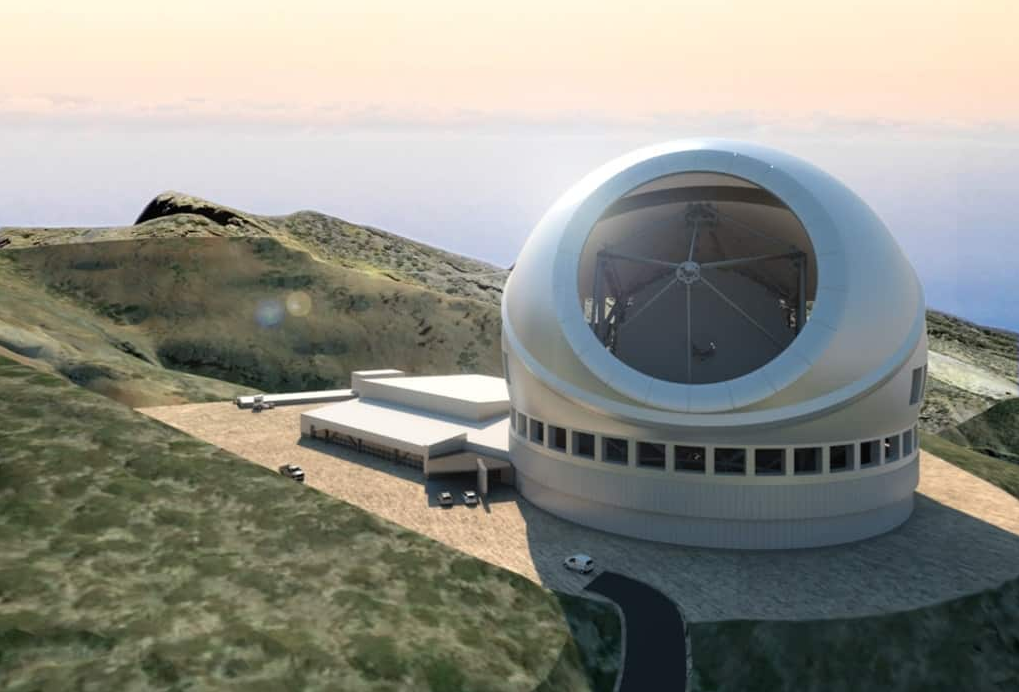If you’re a Bengaluru resident, the timing of this announcement by ISRO may come across as insensitive to you. A new study by the Indian Space Research Organisation (ISRO) reveals there’s significantly more water ice hiding beneath the surface of the Moon’s polar craters than previously thought! The research, conducted alongside collaborators from IIT Kanpur, University of Southern California, Jet Propulsion Laboratory, and IIT (ISM) Dhanbad, analyzed data from NASA’s Lunar Reconnaissance Orbiter. Their findings suggest there could be 5 to 8 times more ice in the first few meters underground compared to what’s visible on the surface, at both the north and south poles. This is particularly promising for the northern pole, which the study indicates holds roughly twice the amount of ice compared to the south.
A Game-Changer for Future Missions to Moon
Unearthing more lunar ice is a game-changer for future missions. Water is a vital resource, not just for drinking, but also for producing fuel and other necessities. Having this ice readily available would be a huge advantage for establishing a long-term human presence on the Moon. The study also delves into the origins of this ice, supporting the theory that volcanic activity billions of years ago released gases that eventually froze in the Moon’s permanently shadowed craters. The distribution of the ice is also believed to be influenced by ancient volcanic flows and specific crater formations.
How Did ISRO Make This Discovery?
The research team utilized an impressive arsenal of instruments aboard NASA’s Lunar Reconnaissance Orbiter. This included radar, lasers, optical sensors, and spectrometers to scan the lunar surface and peer beneath it. ISRO’s findings provide crucial data for selecting future landing sites on the Moon. This information will be instrumental in missions aimed at studying and potentially extracting lunar water ice. The study also reinforces the promise of ISRO’s own plans for future lunar exploration focused on in-situ resource utilization, which involves using resources found on the Moon to support human missions. This discovery adds another layer of intrigue to the Moon, paving the way for a future where humanity has a frozen, but potentially life-giving foothold on our closest celestial neighbor1.
The Moon continues to surprise us with its hidden secrets, and this latest revelation about abundant water ice beneath its surface opens up exciting possibilities for space exploration and colonization. As we look to the stars, the Moon remains a critical stepping stone for humanity’s journey beyond Earth.






































